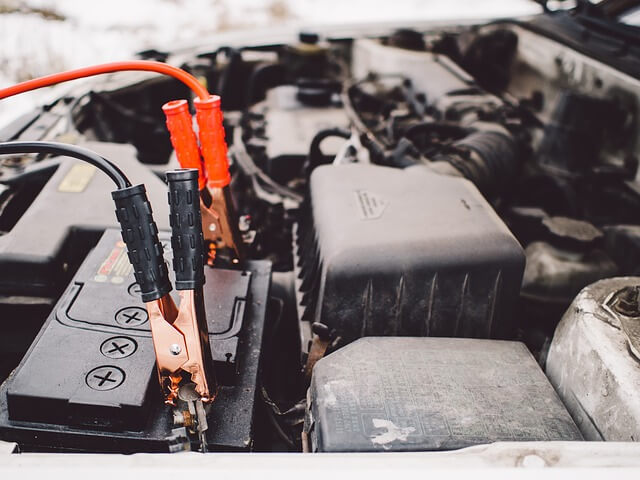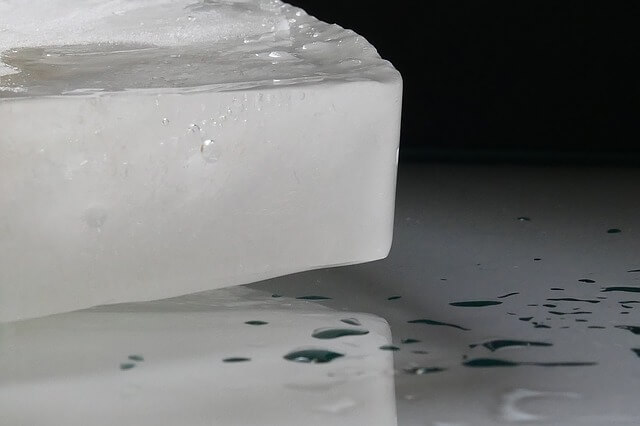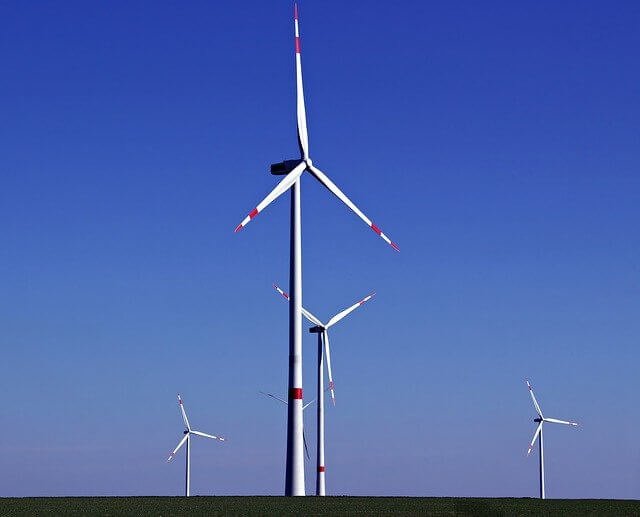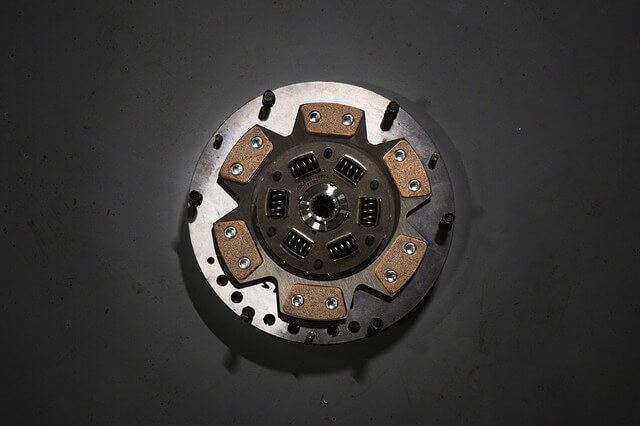ENERGY STORAGE
WHY DO WE HANDLE, REQUIRE ENERGY STORAGE SYSTEMS?
The power-producing potential of wind and solar energy increases day by day. In fact, some estimates express that by 2050, about half of the world’s energy will come from renewable resources. However, we can not assist, obtain that benchmark without the advance of energy storage technology.
Power sources like wind and solar are not consistent sources of energy. While it may be sunny one day, the next day might be cloudy. still, we can not just go without power waiting for the sun to rise. in addition to that, some zones on our planet like the entire Pacific Northwest are sets in dark all year-round.
That is why energy storage systems have been invented. to help us store the energy and consume it in need regardless of the weather condition that time is.
FIVE INNOVATIVE ENERGY STORAGE SOLUTIONS FOR TOMORROW
If we want to make it to the future of renewable energy resources, we have to up our storage game. Currently, the United States has about twenty-three gigawatts of storage capacity for renewable energy. That’s equal to about thirty-eight coal plants, less than half a percent of what we have in the country.
About 96 percent of those gigawatts come from pumped hydroelectric storage. This system uses the energy generated at a moment to pump water up into chambers above turbines. When energy, flows down through the turbines, it is turning and releasing the stored potential energy as electricity.
01
ALTERNATIVE BATTERIES
One way to approach making energy storage more reasonable is to make sure it is renewable and ethically sourced. One company working on such a solution is Tesla. They are creating batteries that use less cobalt, a material that often comes from mines in the Democratic Republic of Congo that use child labor.
Other companies are working to improve the and efficiency of batteries. The Bollore Group is working on a battery that is less susceptible to catching fire a la the Samsung phone incident. Pellion Technologies is creating a more energy-dense battery that can store more power per pound.


02
THERMAL STORAGE
In addition to creating better batteries, some scientists currently working on developing thermal storage solutions. This technique works to store the sun’s heat in water, molten salts, or other fluids for later use. One interesting method of doing this involves using cold as an energy source.
Ice Energy’s Ice Bear system uses the energy gathered from the sun during the day to create a block of ice at night time when electricity is cheaper, and the temperature is lower, which makes the process more efficent. During the day, the system uses cold air that comes from the ice block to condense the air conditioning system.
03
COMPRESSED AIR
As we noted in advance, the pumped hydroelectric storage method, compressed air power storage that works based on fluid dynamics. Air, like water, is a fluid and so can hold an enormous amount of potential energy. But whereas you have to suspend water to tap its potential energy, it can gain potential energy by compressing it.
Compressed air energy storage systems that work by using power generated at the time, as the name suggests, compress air in a space. During electricity’s peak time demand, compressed air with natural gas is fired into a combustion turbine to create electricity. This allows plants to use a third of the natural gas quantity they generally would.


04
HYDROGEN
Hydrogen is an enormously powerful energy source and so can be a fantastic energy storage solution. Excess energy can be used to create pure hydrogen by separating hydrogen molecules from hydrocarbons. by heating these molecules, the hydrogen atoms break off and can be harvested.
Once hydrogen is isolated, we can store it in fuel cells, engines, or turbines. Best of all, burning hydrogen does not create any kind of harmful emissions. Scientists are currently studying the potential for creating hydrogen from wind power and storing it.
05
FLYWHEELS
Flywheels are another great option for renewable energy production and storage. They are low-maintenance devices that typically have long life spans. They are highly efficient that has a rapid response time. They can also be connected to a farm to generate more collective energy than a single flywheel would be able to.
Flywheels work by spinning large rotors inside of vacuums to create rotational energy. These rotors spin up every time the system draws power from the grid. When it comes time to discharge the stored energy, the flywheel slows down and turns into a generator, running on inertia and returning power to the grid.

